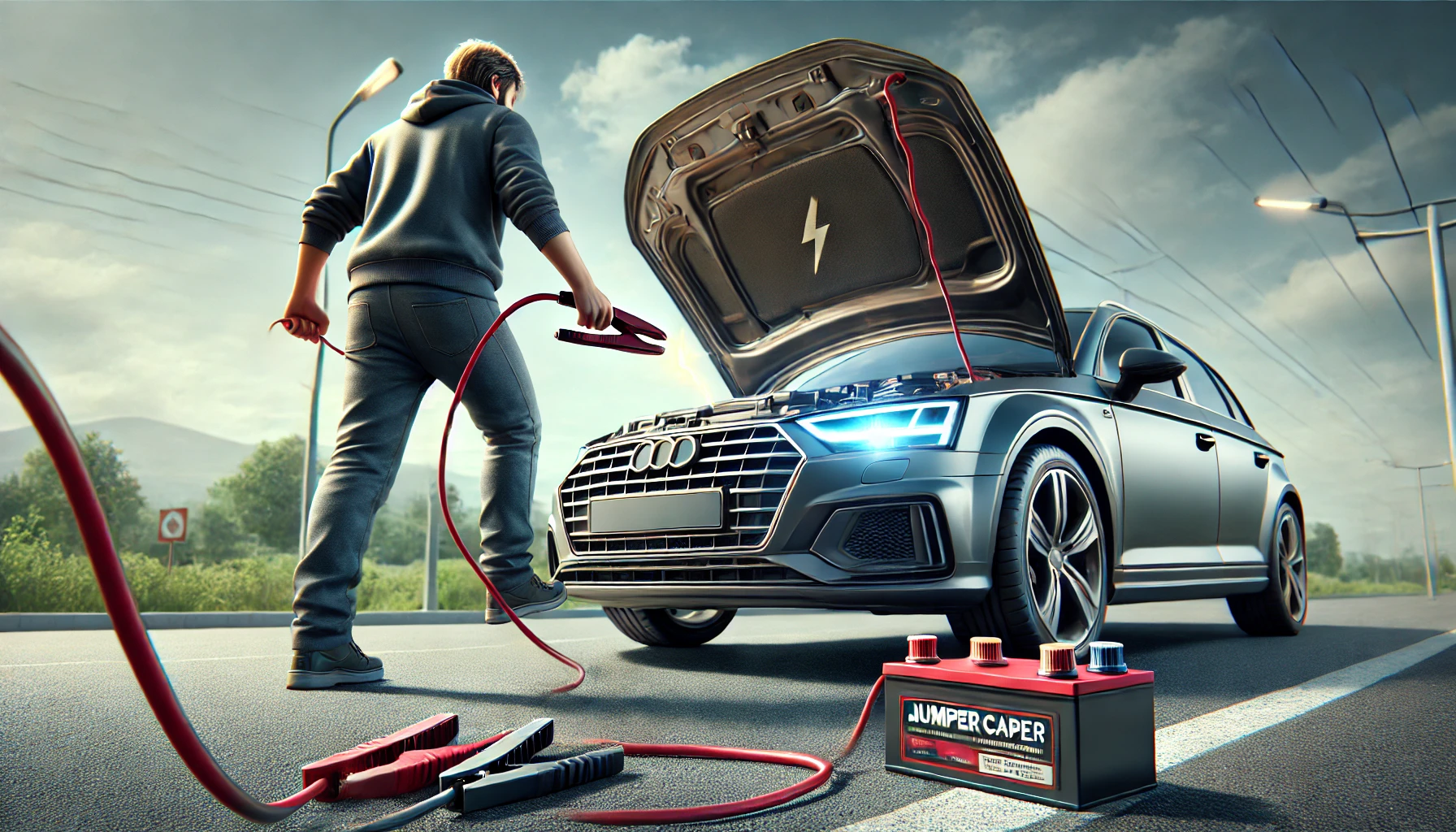Towing a trailer requires careful preparation and driving adjustments to ensure safety and stability. Whether you’re hauling a camper, boat, or utility trailer, following proper towing procedures helps prevent accidents, swaying, and mechanical damage. This guide covers essential steps for towing safely.
1. Know Your Vehicle’s Towing Capacity
Every vehicle has a maximum towing capacity, which is the most weight it can safely tow. Exceeding this limit can strain the engine, brakes, and transmission.
- Check your owner’s manual or manufacturer’s specifications for the gross trailer weight (GTW) limit.
- Consider the tongue weight, which should be 10–15% of the total trailer weight for stability.
- Ensure your car has the proper tow hitch and suspension to handle the load.
2. Use the Right Hitch and Equipment
A secure hitch connection is essential for safe towing.
- Choose the correct hitch class based on your vehicle’s towing capacity.
- Use safety chains in a crisscross pattern under the hitch for extra security.
- Check the trailer coupler to ensure it’s locked in place before driving.
3. Distribute Weight Properly
Improper weight distribution can cause trailer sway and instability.
- Load 60% of the weight toward the front of the trailer.
- Keep cargo evenly distributed left to right to prevent tipping.
- Secure all items with straps or tie-downs to prevent shifting.
4. Check Tire Pressure and Brakes
Tires and brakes play a crucial role in safe towing.
- Inflate both vehicle and trailer tires to the recommended PSI.
- Inspect for tire wear or damage before starting your trip.
- If towing a heavy trailer, ensure it has functional trailer brakes for extra stopping power.
5. Connect Trailer Lights and Signals
Your trailer must be visible to other drivers.
- Test brake lights, turn signals, and running lights before driving.
- Use a 7-pin or 4-pin connector to link trailer lights to your vehicle’s electrical system.
- If lights don’t work, check fuses, bulbs, and wiring connections.
6. Drive at a Safe Speed and Increase Following Distance
Towing changes how your car handles and stops.
- Drive slower than usual—most states have lower speed limits for towing.
- Maintain at least 5 seconds of following distance to allow extra braking time.
- Avoid sudden lane changes to prevent trailer sway.
7. Use Proper Braking Techniques
Braking with a trailer requires more time and space.
- Apply brakes gradually to avoid jackknifing.
- Downshift gears when descending steep hills to reduce brake wear.
- If your trailer starts swaying, slow down gently—never slam the brakes.
8. Be Cautious When Turning and Backing Up
Trailers move differently than cars, requiring wider turns and careful reversing.
- Make wide turns to prevent hitting curbs or obstacles.
- Use small steering adjustments when backing up to control trailer direction.
- Have a spotter guide you when reversing in tight spaces.
9. Check Mirrors and Blind Spots Frequently
Trailers create larger blind spots, making lane changes and merging more challenging.
- Use extended side mirrors for better visibility.
- Check mirrors often to monitor trailer stability.
- Signal early and clearly when changing lanes.
10. Perform Regular Safety Checks During Your Trip
Long-distance towing requires routine inspections.
- Stop every 50–100 miles to check the hitch, lights, and tire pressure.
- Re-tighten tie-down straps to keep cargo secure.
- Ensure the trailer brakes and suspension are functioning properly.
Final Thoughts
Towing a trailer safely requires proper equipment, careful driving, and regular maintenance. By following these steps—such as checking weight distribution, using the right hitch, and braking gently—you can ensure a smooth and accident-free towing experience. Always prioritize safety and inspect your setup before every trip.


